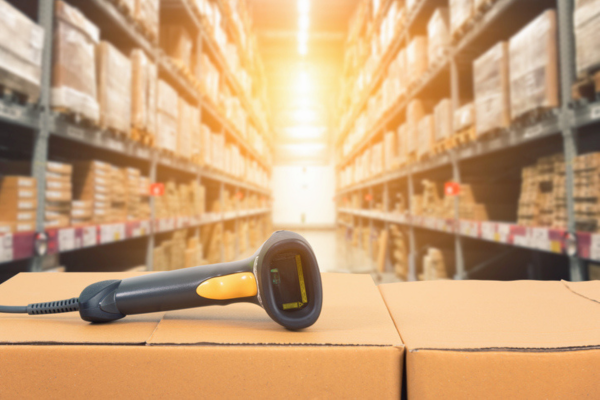What is a UPC code?

May 9, 2024
A UPC code, which stands for Universal Product Code, is a type of barcode used primarily in the United States and Canada for tracking items in stores. The UPC consists of a unique 12-digit number and a corresponding barcode symbol that can be scanned electronically. The UPC system is managed by GS1, a global standards organization that provides unique product numbers for businesses worldwide.
The UPC helps efficiently manage products in a retail setup by enabling quick product identification, price checking, inventory management, and sales recording. The first six to nine digits of the UPC are the company prefix assigned by GS1 to a manufacturer. The next digits (varying in number depending on the length of the company prefix) represent the item number assigned by the manufacturer to a specific product. The final digit is a check digit that is used to verify that the code was scanned correctly.
This standardization allows for a streamlined process in the retail industry and benefits both businesses and consumers through efficiency and accuracy in handling products.
How do you get a UPC code?
To obtain a UPC, a company must follow these steps:
Register with GS1
GS1 is the global organization responsible for issuing unique company prefixes, which are essential components of UPCs. To start, you need to visit the GS1 website and apply for a GS1 company prefix. The size of your business will determine the number of UPCs you need, which will affect the length of your company prefix. A longer prefix means fewer digits are available for your product numbers, limiting the number of products you can uniquely identify.
Receive Your GS1 Company Prefix
Once your application is processed and you’ve paid the requisite fee, you’ll receive a GS1 company prefix that is unique to your company. This prefix forms the foundation of your UPCs.
Assign Product Numbers
After obtaining your company prefix, you will assign unique product numbers to each product. The combination of your company prefix and these product numbers creates a unique identifier for each item.
Calculate the Check Digit
The last digit of a UPC code is a check digit, calculated through a specific formula using the preceding digits. This digit helps ensure the UPC code is correctly composed and scanned. GS1 provides tools and instructions for calculating this digit.
Generate the Barcode
Once you have the complete UPC (company prefix, product number, and check digit), you can generate the barcode symbol that represents this number. This barcode can be printed on product packaging or labels. Various software tools, both free and paid, can generate barcodes.
It is possible, though optional, to have your barcode verified by GS1 or other entities to ensure it meets global standards and can be scanned reliably in retail environments.
What is the difference between a barcode and a UPC code?
A barcode is a visual, machine-readable representation of data that shows data about the object to which it is attached.
A barcode represents numbers, letters, and symbols by using a combination of spaces and lines (bars) of varying widths. Barcodes can encode various data types based on different standards or symbologies, such as Code 39, QR codes, or UPC.
A UPC code, or Universal Product Code, is a specific type of barcode used widely in the retail industry in the United States and other countries for tracking trade items in stores. UPC codes are numeric codes uniquely assigned to each trade item, and they follow a specific pattern of 12 digits divided into various sections that encode the manufacturer’s identification number, the product item number, and a checksum digit for error detection.
While all UPC codes are barcodes, not all barcodes are UPC codes. Barcodes serve as a broader technology category for data representation, while UPC codes are a specific subset used for identifying retail products.
Share this post:
Categories
Stay ahead of the competition
Get expert supply chain insights delivered directly to your inbox weekly.